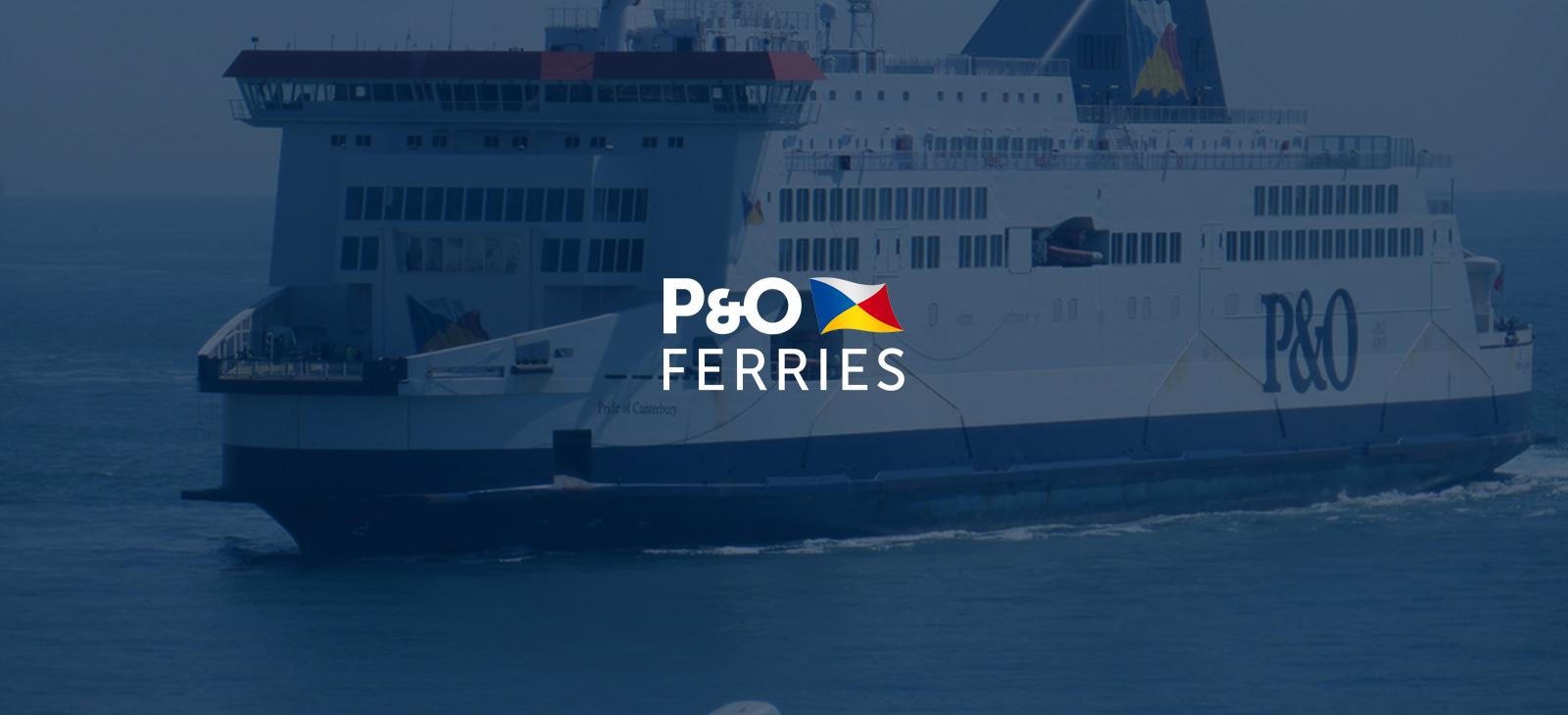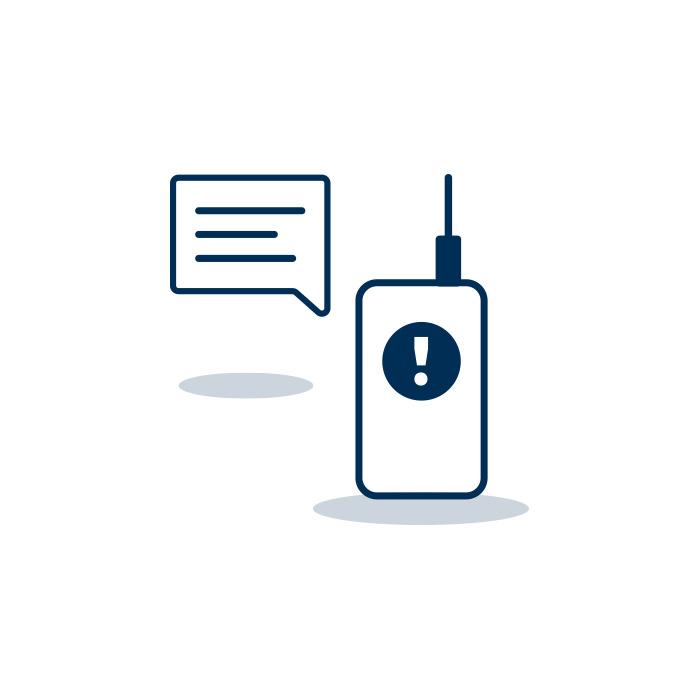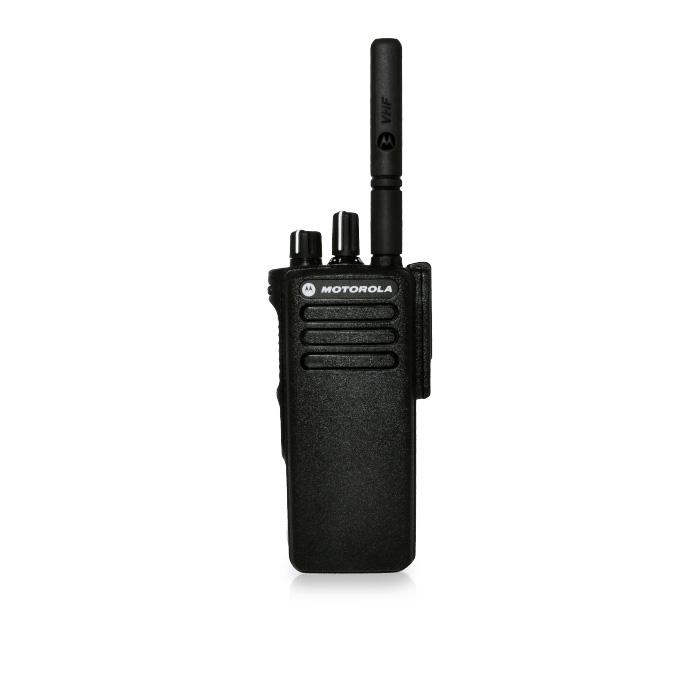P&O is the UK’s largest passenger ferry company. Established in 1960, it operates a large number of ships from British ports, taking millions of passengers a year back and forth to Ireland and mainland Europe.
Each of P&O's 13 vessels uses two way radio to communicate on board. Handheld radios play an important role keeping crew members in touch throughout the large ships while at sea. It means officers on the bridge can coordinate operations all over, maintenance teams can stay in touch with colleagues as they work and customer services and catering can run as efficiently as possible.
Until recently, all ships were operating with analogue radios. P&O aims eventually to upgrade all on board networks to digital, but with radios required for all members of the large crews on each ferry service, this wasn't going to be an easy task.
P&O therefore contacted Brentwood to ask how to best go about phasing in digital radios gradually. They needed an easy migration from the existing analogue radios, as they could not afford to have any down time for valuable communications.
The first two ships P&O had in mind for the initial switch over were the giant Pride of Hull, which operates the popular overnight route between Hull and Rotterdam, and the European Highlander, which is on the Scotland to Northern Ireland route between Cairnryan and Larne.
Brentwood understood P&O's need for a two way radio model with strong all round credentials, which would offer the coverage range and audio quality to ensure communications were reliable and clear throughout the ships, but which also provided the benefits of advanced digital features such as lone worker, man down and private calling.
With this in mind, we recommended the Motorola DP4400 and DP4401. Although both digital models, in this case we advised that they could be programmed to run in analogue mode initially so P&O could still make use of existing handsets. When all older models have been replaced, the whole network can then be switched over to digital. This is a good option for any customer who doesn't wish to switch all radios over at once, for cost and time implications.
With intelligent audio and noise cancelling abilities, the DP4400 and DP4401 both offer excellent audio clarity, perfect for noisy environments while working on busy passenger decks or below deck near the engines.
Both models offer different features useful for the logistics of managing large teams. These include remote dispatching and work ticket features, while private calling means instructions and directions can be targeted at specific people easily.
We also recommended the DP4400 and DP4401 for their safety features, which will provide crews with additional peace of mind when working alone, or in the hazardous situations they may encounter working at sea. These include an Emergency Button for raising an alarm quickly and effectively, Lone Worker remote monitoring to safeguard staff working alone, and Man Down, which triggers an alert to a master radio if unusual horizontal movements are detected.
Finally, the DP4401 also comes with GPS location tracking, meaning the source and timing of an alarm raised can be found quickly, again an important consideration when managing health and safety on the many decks of a large passenger ferry.






